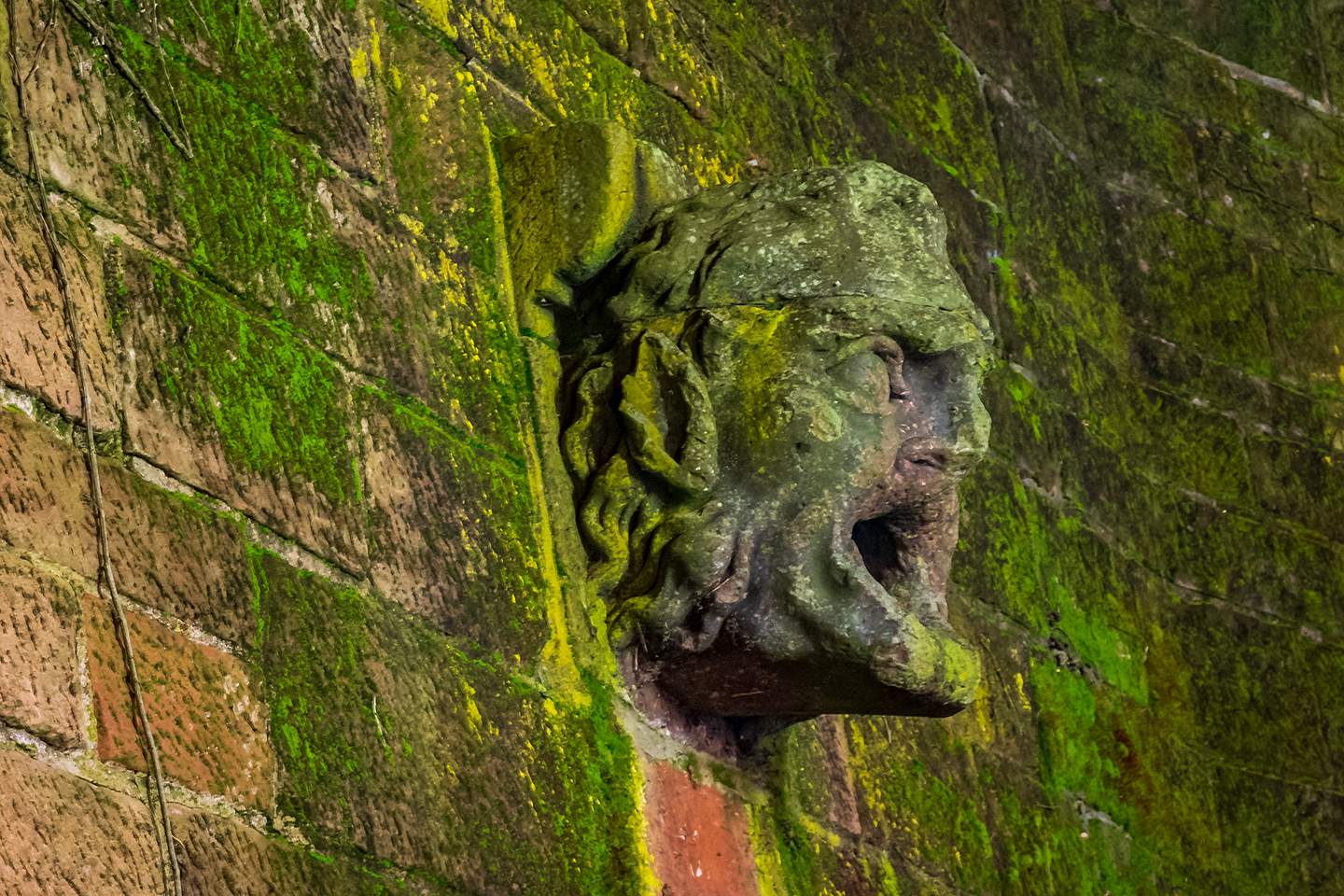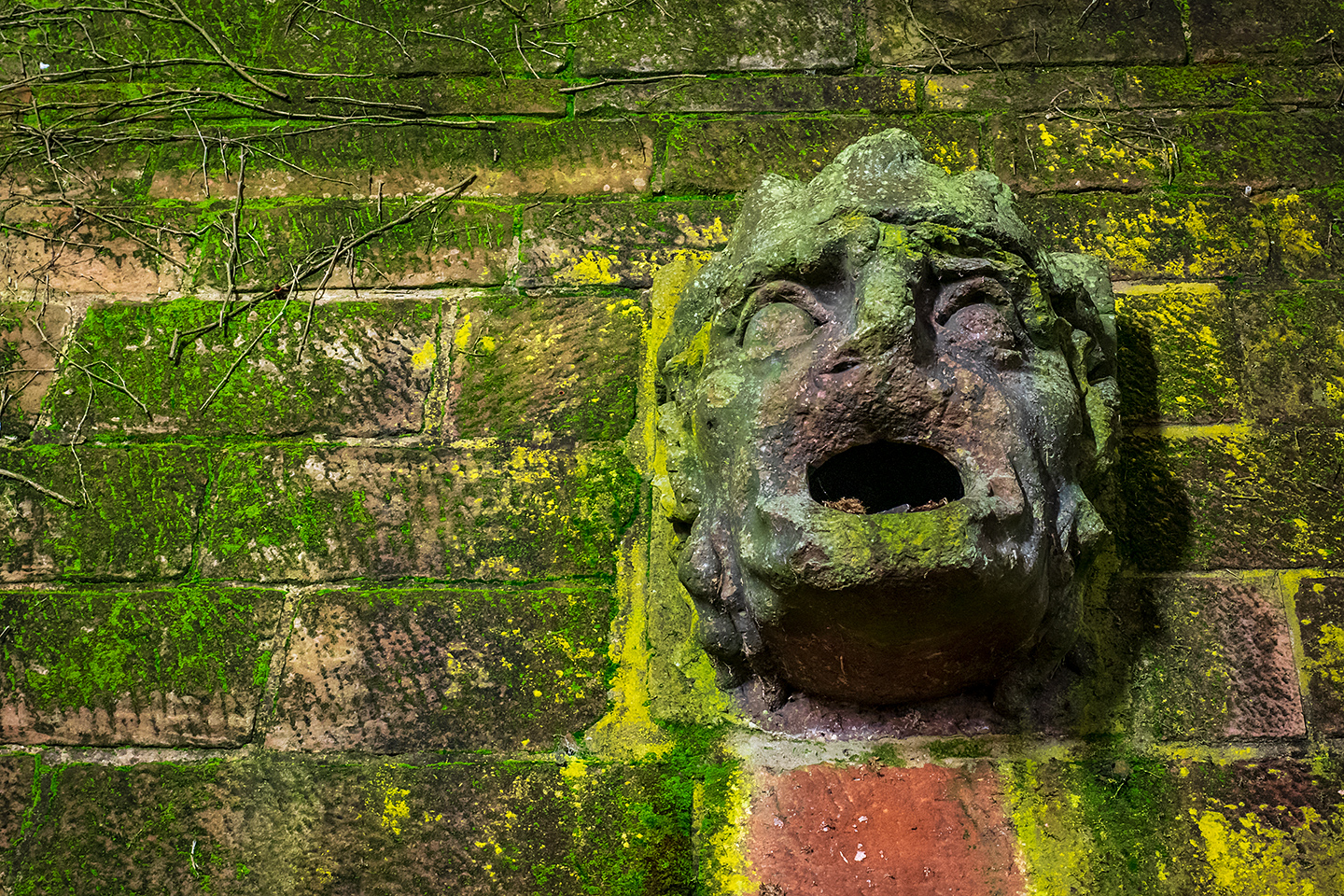The Miserly Baker: Decoding a Saarbrücken Legend
The Miserly Baker: Decoding a Saarbrücken Legend
Almost every Saarbrücken resident knows the so-called figure of the miserly baker at the castle wall – and the legend behind it. A closer look at both the figure and the story, however, quickly raises some justified doubts about its truth. But that is precisely what makes it so charming.


The Legend of the Miserly Baker at Saarbrücken Castle Wall
The legend is quickly told. [1], [2] In Saarbrücken there once lived a baker who was wealthy – and a true miser. Even in hard times, when many Saarbrücken citizens went hungry, he remained hard-hearted and would never hand out bread without payment. One day, he turned away a mother who had begged him for stale bread for her children. In despair, she went to the castle and complained to the Countess of Saarbrücken.
The Countess, who cared deeply for her people, could not believe that a wealthy citizen of Saarbrücken would act with such a lack of compassion. To see for herself, she disguised herself as a poor woman and humbly begged the baker for a small piece of bread. Yet she, too, was dismissed by the hard-hearted businessman, just like all the beggars before her.
Enraged by his behavior, the Countess had the baker’s head carved in stone as both punishment and warning. It was placed on the castle wall (quay wall) beside the old bridge, where it had to spew the city’s dirty water into the Saar with its wide-open mouth.

Facts and fiction
Unfortunately, not many of these “facts” match reality. In 1999, Alfons Kolling decoded the origin, appearance, and function of the grotesque face. [3] But let’s start with what is true: it is true that the grimacing face once hung on the castle wall near the old bridge, and it remained there until the 1960s. At that time, it was removed together with the entire wall. During construction of the city motorway, the entire castle hill was blasted back by up to 17 meters. The current castle wall along Franz-Josef-Röder-Straße is merely a facing of the blasted rock, partially using stones from the old castle wall.
To call the head a gargoyle is, however, more difficult. Although it resembles a devil’s mask like those used as gargoyles on Gothic cathedrals [4], it is rather unlikely that it ever served such a function. It did indeed hang on the wall near the old bridge – but directly above the towpath, the footpath along the Saar. Had water ever poured from its mouth, the Saarbrücken townsfolk walking below would hardly have found it pleasant. It is also improbable that it was ever connected to a drainage system, since the quay and castle wall were about 4.60 meters thick. When the head was restored and examined in the late 1990s, it was found that its interior was not designed to hold a water pipe. Instead, it was clearly constructed as a loophole or observation slit, and can quite clearly be identified as part of Saarbrücken’s Renaissance castle (the castle that stood before the current building on the Schlossberg).
The resemblance to devilish grimaces used for centuries as gargoyles, loopholes, or spyholes also suggests that the head is not really meant to represent a baker at all. Its pointed, shaggy, animal-like ears – more typical of demonic figures (and less of bakers) – reinforce this. Strictly speaking, the face is not a devil’s mask at all but the depiction of a Silenus, a rotund woodland spirit associated with the god Dionysus. But that is another story.
From Renaissance Castle to Castle Wall
The open question is how the Renaissance castle’s loophole ended up on the quay wall. As with so much in Saarbrücken’s history, this involves Prince Wilhelm Heinrich of Saarbrücken and his star architect Friedrich Joachim Stengel. It is not known who exactly transplanted the head into the quay wall, but Wilhelm Heinrich ordered the demolition of the Renaissance castle, and Stengel carried it out.
Whether the story of the baker is true remains uncertain. On the internet, Dr. Eckart Sander, citing Professor Dieter Heinz of the HBK Saar, presents strong arguments that the head may indeed have functioned as a gargoyle – and may have been carved by a Baroque sculptor rather than a Renaissance artist. [5]
A Survivor of History
Be that as it may: it is almost certainly not a baker. But it is fortunate for Saarbrücken and its history that the so-called “Baker’s Mask” has survived. After having once been rescued and set into the quay wall, it was saved again during the motorway construction of the 1960s and relocated to its present position in the castle wall – thanks to an initiative led by Karl Heinz Trautmann, then president of the Saarbrücken district association. A major donor to the initiative at the time was, fittingly, the Saarbrücken bakers’ guild. [3, p. 2]
Sources and Notes
[1] Lohmeyer, Karl: Die Sagen der Saar, Complete Edition, Geistkirch-Verlag, Saarbrücken 2011, p. 135.
[2] Zinßmeister, Deana: Sagenhaftes Saarland – Sagen und Mythen aus der Region, Conte-Verlag, Saarbrücken 2012, pp. 7–13.
[3] Kolling, Alfons: Der geizige Bäcker – eine Schreckmaskenskulptur vom Saarbrücker Renaissanceschloss, no publisher, Saarbrücken 1999.
[4] Rolshausen, Martin: Am Schloss: Die „Geiz ist geil“-Fratze, in: Saarbrücker Zeitung, 27.07.2015. URL: http://www.saarbruecker-zeitung.de/saarland/saarbruecken/saarbruecken/saarbruecken/Saarbruecken-Bettler-Herrscherinnen-Hungersnoete-Maenner;art446398,5835716 (accessed 16.12.2016).
[5] Sander, Eckardt: Der geizige Bäcker, eine Legende? URL: http://www.dinkhoff.de/saarbruecken/geiziger_baecker/geiziger_baecker.html (accessed 16.12.2016).
Comments are closed.


